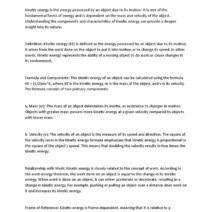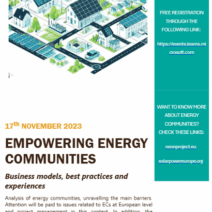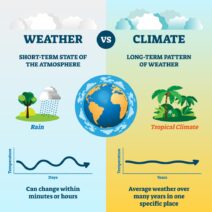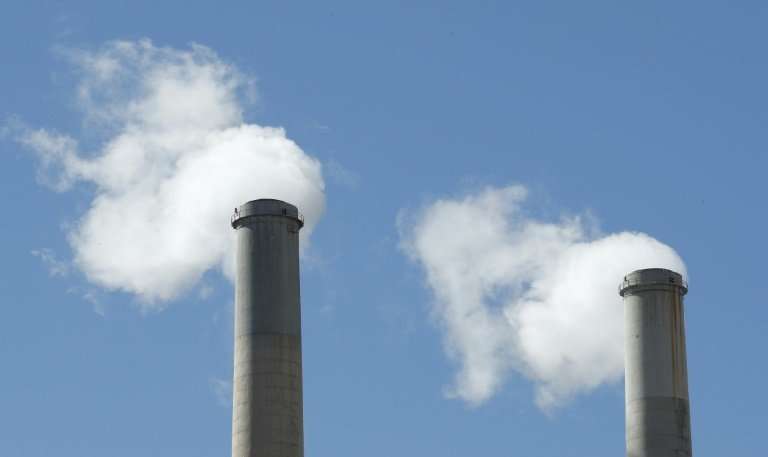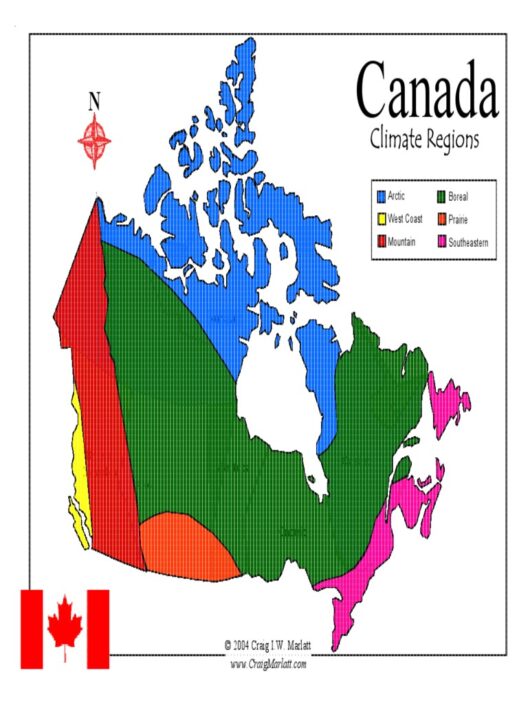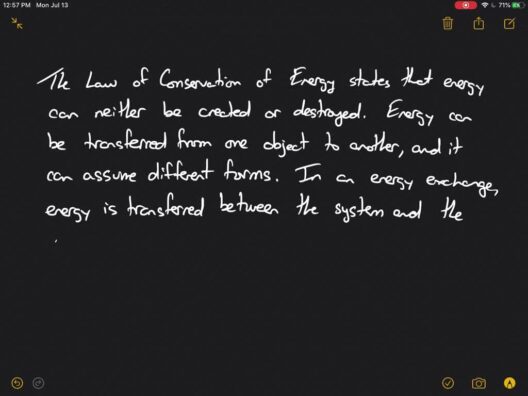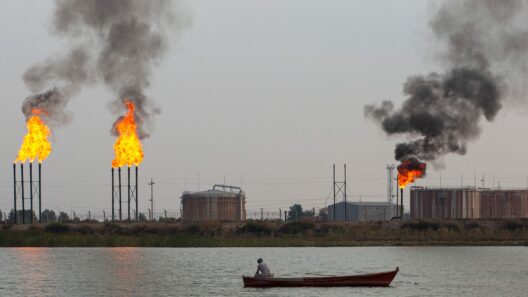The Paris Climate Pact, officially known as the Paris Agreement, represents a monumental milestone in the global endeavor to combat climate change. Established during the 21st Conference of the Parties to the United Nations Framework Convention on Climate Change (UNFCCC) in December 2015, it seeks to unite nations in a collective response to one of the most pressing challenges of our time. Below, we delve into the essentials of the Paris Climate Pact, outlining its framework, objectives, and implications for the future of our planet.
Understanding the Foundation of the Paris Agreement
The Paris Agreement is predicated on the scientific consensus that human-induced greenhouse gas emissions are the principal drivers of climate change. The primary goal of the pact is to limit global temperature rise this century to well below 2 degrees Celsius above pre-industrial levels, while pursuing efforts to limit the temperature increase to 1.5 degrees Celsius. Achieving these benchmarks involves a paradigm shift in energy production, consumption, and conservation across the globe.
Signatories to the pact include nearly every nation on earth, committing to a common goal while maintaining flexibility around their specific contributions, known as Nationally Determined Contributions (NDCs). This structure acknowledges the vast differences in economies, capacities, and responsibilities among countries, promoting a dynamic model of climate governance.
The dual focus on reduction of greenhouse gas emissions and the adaptation to climate impacts signifies a holistic approach to climate action, recognizing that mitigation alone cannot solve the crisis. Parties are encouraged to enhance their individual and collective efforts over time, creating a beneficial feedback loop of ambition and performance.
How the Agreement Works: Mechanisms of Cooperation
A cornerstone of the Paris Climate Pact is its reliance on international cooperation, which encompasses the following mechanisms:
Transparency Framework
One of the key features is a rigorous transparency regime that holds each participant accountable for their progress. Countries are mandated to report on their emissions and the measures they are taking to reduce them. This level of scrutiny fosters public trust and encourages nations to meet their commitments responsibly. The framework is designed to be flexible enough to accommodate different capacities and circumstances, thus promoting inclusivity.
Global Stocktake
Every five years, a global stocktake will occur to assess collective progress towards the objectives set in the Agreement. This evaluation serves as an opportunity for nations to revise and enhance their NDCs based on new scientific findings and economic realities. The process aims to galvanize ambition and foster a sense of camaraderie among the international community, as progress is celebrated and challenges are identified openly.
Financial Contributions and Technology Transfer
Recognizing that developing nations often face unique challenges in addressing climate change, the Agreement includes provisions for financial assistance and technological support from developed countries. This financial architecture aims to stabilize developing economies while enabling them to pursue sustainable pathways. By facilitating technology transfer, the pact promotes innovation in renewable energy, carbon capture, and sustainable agricultural practices.
Expansive Implications: Beyond Climate
While the primary aim of the Paris Climate Pact is to mitigate climate change, its implications stretch far beyond environmental concerns. Here are several facets that underline its significance:
Social Justice and Equity
The Paris Agreement emphasizes climate justice and equity, highlighting the plight of vulnerable populations who are disproportionately affected by climate change impacts, despite having contributed least to the problem. The primacy of social equity in climate action has led to increased dialogue around incorporating human rights considerations within climate strategies, facilitating grassroots involvement and empowering marginalized communities.
Economic Transformation
Transitioning to a low-carbon economy presents a unique opportunity for economic growth and job creation. Investment in renewable energy and sustainable practices may yield significant dividends, stimulating economies while contributing to climate objectives. Furthermore, the overarching goal of decoupling economic growth from greenhouse gas emissions poses a challenge yet embraces a forward-thinking approach to economic modeling.
The Role of Science and Innovation
Science underpins the foundation of the Paris Agreement, propelling the narrative that strengthened research and innovation are essential for effective climate action. The Agreement paves the way for increased collaboration among nations in scientific endeavors and promotes sharing of research that can drive sustainable practices. This shift cultivates a culture of innovation, urging countries to adapt and respond proactively to evolving climate challenges.
The Path Forward: Challenges and Commitments
Despite its visionary framework, the Paris Agreement is not without challenges. Achieving the ambitious targets requires unwavering commitment, substantial financial investments, and transformative societal shifts. Nevertheless, the cooperative spirit embodied in the Agreement offers a glimmer of hope for international collaboration in overcoming climate adversity. The mechanism of ratcheting up ambition, alongside the foresight of integrated adaptation strategies, places the world on a path towards resilience.
In conclusion, the Paris Climate Pact serves as a living document — a framework for bold ambition and actionable commitments. As nations chart their individual journeys towards sustainability, the dynamics of cooperation, accountability, and ambition will determine the success of this crucial endeavor. The fate of future generations rests on our collective willingness to bring the Paris climate pact to life.
